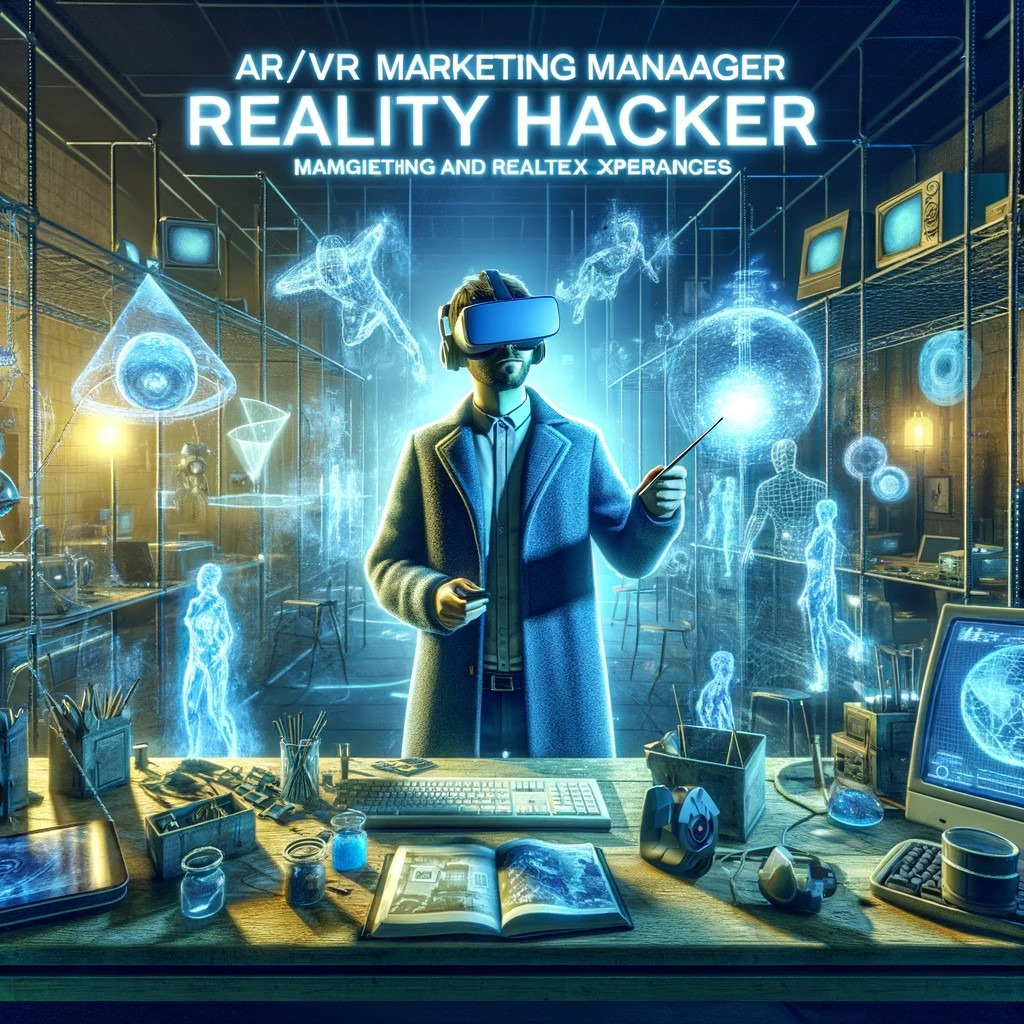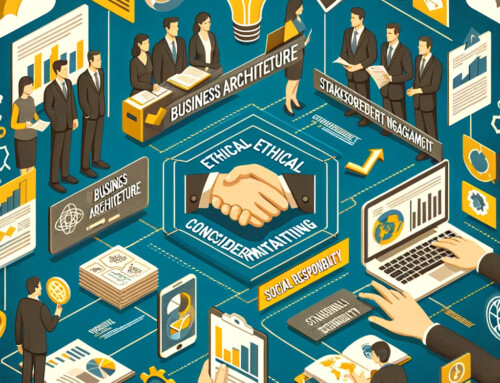
The Virtual Visionary: Revolutionizing Corporate Technology with AR and VR
In the corporate technology landscape, Virtual Reality (VR) and Augmented Reality (AR) are emerging as transformative tools, redefining the realms of collaboration, training, product development, and customer engagement. These immersive technologies offer unprecedented opportunities for businesses to visualize complex data, simulate critical processes, and enhance interactions beyond the constraints of traditional digital interfaces. By integrating VR and AR into corporate technology strategies, organizations can unlock new dimensions of efficiency, innovation, and connectivity. This leap into virtual and augmented environments represents not just an evolution in technology but a radical shift in how businesses operate, communicate, and deliver value, turning abstract digital concepts into tangible experiences.
Transforming Collaboration and Remote Work
VR and AR technologies are breaking down the geographical barriers that once hindered collaboration, offering virtual meeting spaces that mimic the dynamics of physical interaction. Teams can engage in real-time, face-to-face discussions, share 3D models, and interact with digital data in a shared virtual environment, enhancing productivity and fostering a stronger sense of team unity in remote work settings.
Revolutionizing Training and Development
Corporate training programs are being reimagined with VR and AR, providing immersive, hands-on experiences that significantly improve learning outcomes. From simulating high-risk job scenarios in a safe environment to offering interactive 3D models for complex machinery, these technologies are making corporate training more engaging, effective, and accessible.
Enhancing Product Design and Prototyping
In product development, VR and AR enable designers and engineers to create, test, and refine 3D prototypes in a virtual space. This process accelerates the design cycle, reduces costs associated with physical prototyping, and allows for more iterative feedback and customization, driving innovation and quality in product design.
Elevating Customer Experiences
AR and VR are opening new avenues for customer engagement and service, offering interactive experiences that deepen brand connection and understanding. Whether through virtual showrooms, AR-powered product demonstrations, or immersive support and troubleshooting guides, these technologies are transforming the customer journey into an interactive adventure.
Streamlining Operations and Maintenance
In operations, AR can overlay critical information on real-world processes, guiding technicians through maintenance procedures, identifying potential issues before they escalate, and ensuring precision in complex tasks. This not only increases operational efficiency but also minimizes downtime and errors.
Data Visualization and Decision Making
The complex data landscapes of corporate technology can be navigated more intuitively with VR and AR, which translate abstract datasets into visual, interactive formats. Decision-makers can explore data in a 3D space, gaining insights and identifying trends that might be missed in traditional analysis, thereby enhancing strategic planning and forecasting.
Creating Immersive Branding and Marketing Campaigns
VR and AR offer innovative platforms for storytelling and brand immersion, enabling companies to craft compelling narratives that engage customers in novel ways. From virtual product launches to augmented reality marketing campaigns, brands can create memorable experiences that drive engagement and loyalty.
Case Study: TechCorp’s AR Training Initiative
TechCorp, a global IT solutions provider, faced the challenge of training its global workforce on new cybersecurity protocols. By developing an AR-based training program, TechCorp enabled employees to interact with virtual cybersecurity scenarios overlaid on their real-world environment. This hands-on approach led to a significant improvement in knowledge retention and practical application, reducing the company’s vulnerability to cyber threats.
The success of TechCorp’s AR initiative not only underscored the effectiveness of immersive technologies in corporate training but also set a precedent for how AR can be leveraged to address complex, critical business challenges across industries.
VR and AR are reshaping the corporate technology landscape, offering innovative ways to collaborate, train, design, and engage in the digital age. As organizations continue to explore the potential of these immersive technologies, the possibilities for transforming business processes and customer experiences seem boundless. The journey into VR and AR is not merely about adopting new tools but about envisioning and realizing a future where digital and physical realities converge to create more dynamic, efficient, and engaging corporate environments.



